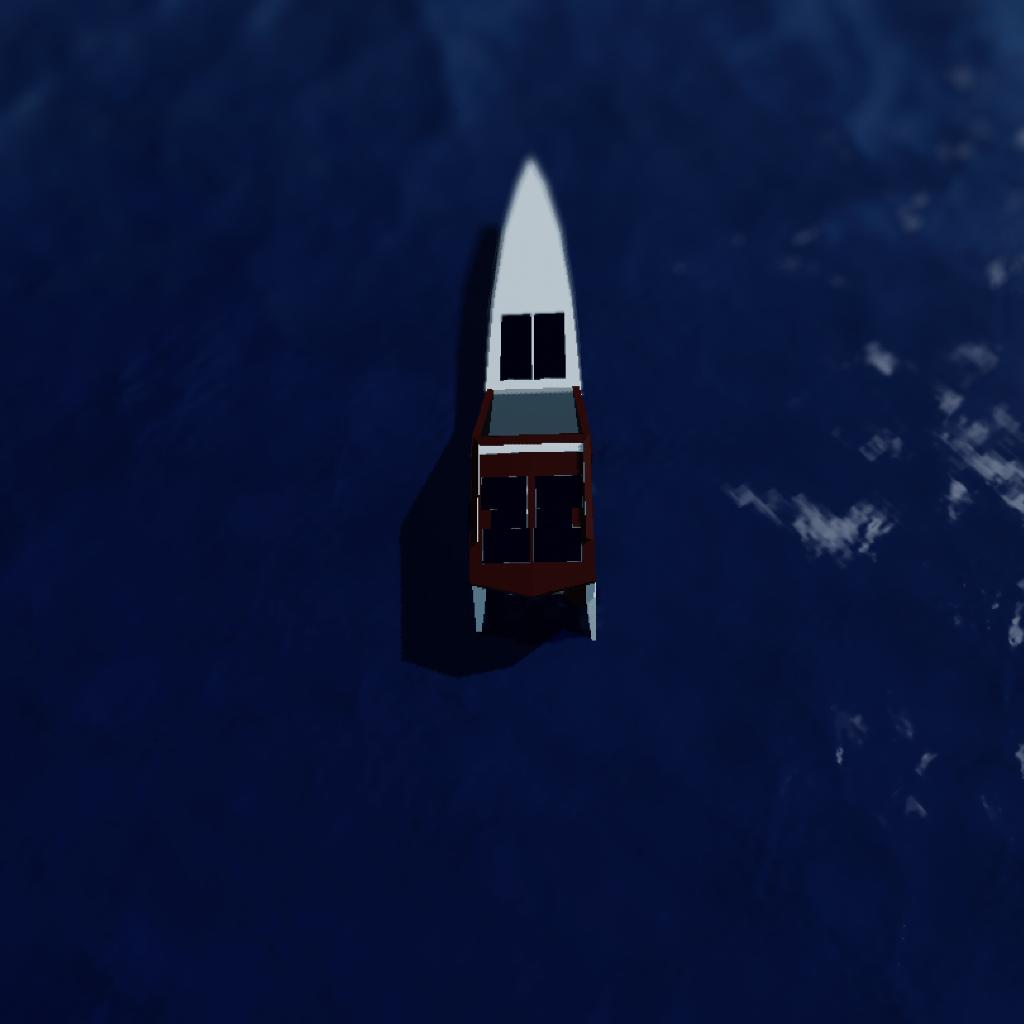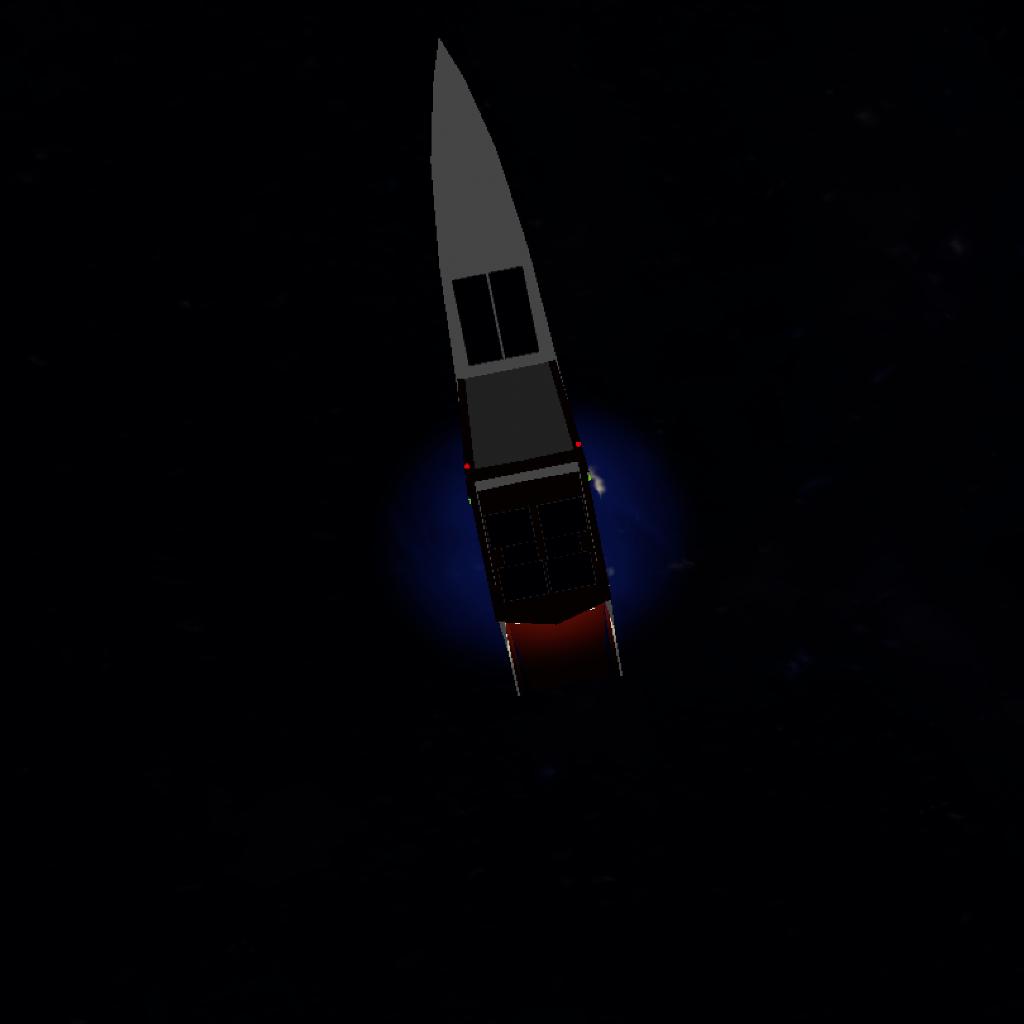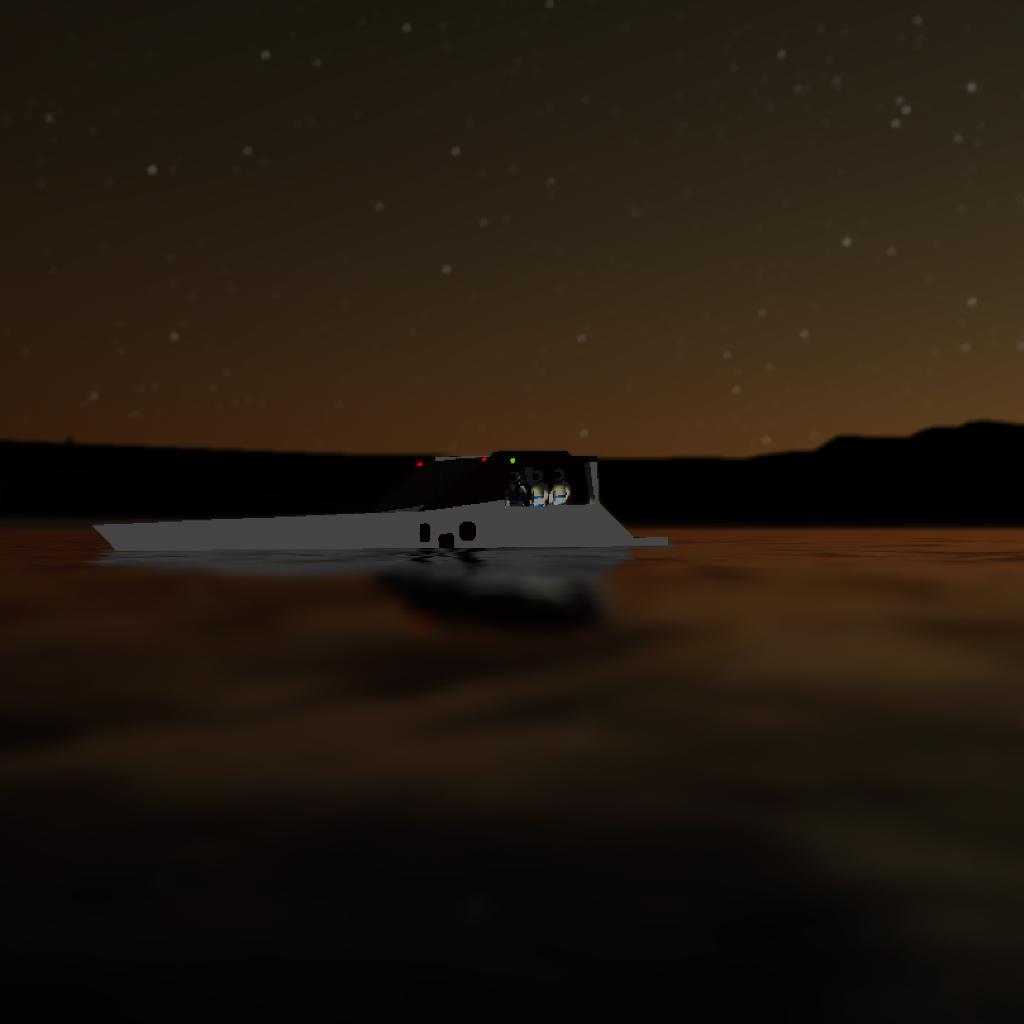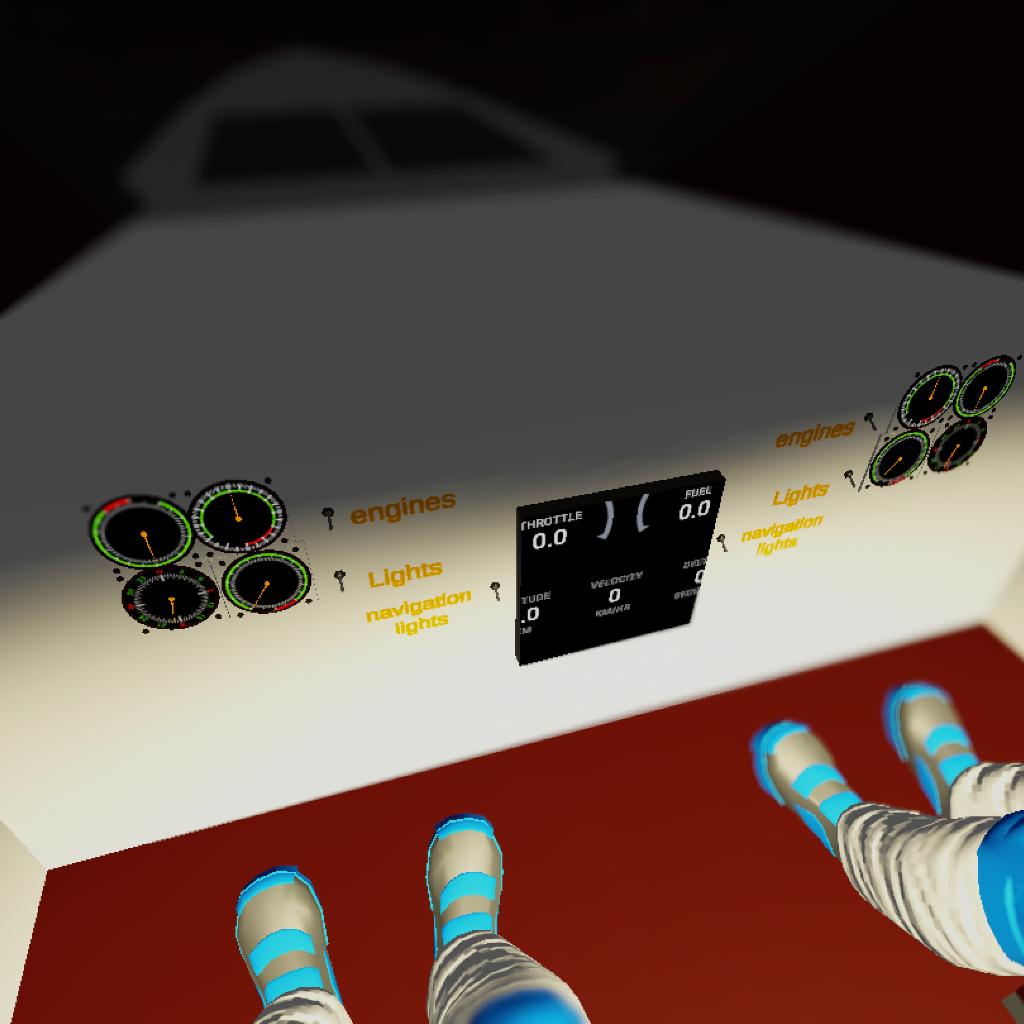The origins of the Carter Electric Capricorn, a solar-powered cabin cruiser boat, date back to late 2015 in America. Carter Electric, a forward-thinking American company dedicated to sustainable transportation solutions, sought to innovate in the marine industry by developing a high-performance and eco-friendly watercraft.
Design and Development
Conceptualization: The Capricorn project began with a vision to create a solar-powered cabin cruiser that combined advanced technology with environmental consciousness. Carter Electric's team of engineers and designers focused on harnessing solar energy to power the boat.
Solar Integration: Partnering with leading solar technology companies, Carter Electric developed an efficient solar panel system. These panels were strategically placed on the boat to capture maximum sunlight, ensuring a continuous power supply.
Propulsion System: To achieve its impressive speeds, the Capricorn featured a unique propulsion system with three contra-rotating props. These props were driven by powerful electric engines manufactured by General Electric, known for their reliability and performance.
Prototype Testing: The initial prototype underwent extensive testing in various aquatic environments to optimize the solar power system and propulsion efficiency. Engineers made adjustments to ensure the boat's performance met high standards.
Production and Launch
Manufacturing: Carter Electric set up a dedicated manufacturing facility in the United States to produce the Capricorn. The facility employed sustainable practices, reflecting the company's commitment to eco-friendly production.
Market Introduction: The Capricorn was officially launched in 2015, quickly gaining attention for its sleek design, remarkable speed, and environmental benefits. Capable of reaching speeds over 15 meters per second, it became popular among boating enthusiasts who valued sustainability.
Passenger Comfort: The Capricorn was designed with a focus on passenger comfort, featuring four well-appointed passenger seats that provided a luxurious experience while maintaining the boat's compact and efficient design.
Impact and Reception: The Capricorn was praised for its innovative engineering and contribution to reducing the carbon footprint of recreational boating. It set a new standard for solar-powered watercraft and demonstrated the potential of renewable energy in the marine industry.
Legacy and Influence
The success of the Carter Electric Capricorn inspired further advancements in sustainable marine technology. Its influence encouraged other manufacturers to explore solar power and innovative propulsion systems, marking a significant step forward in the development of environmentally friendly boating options.









